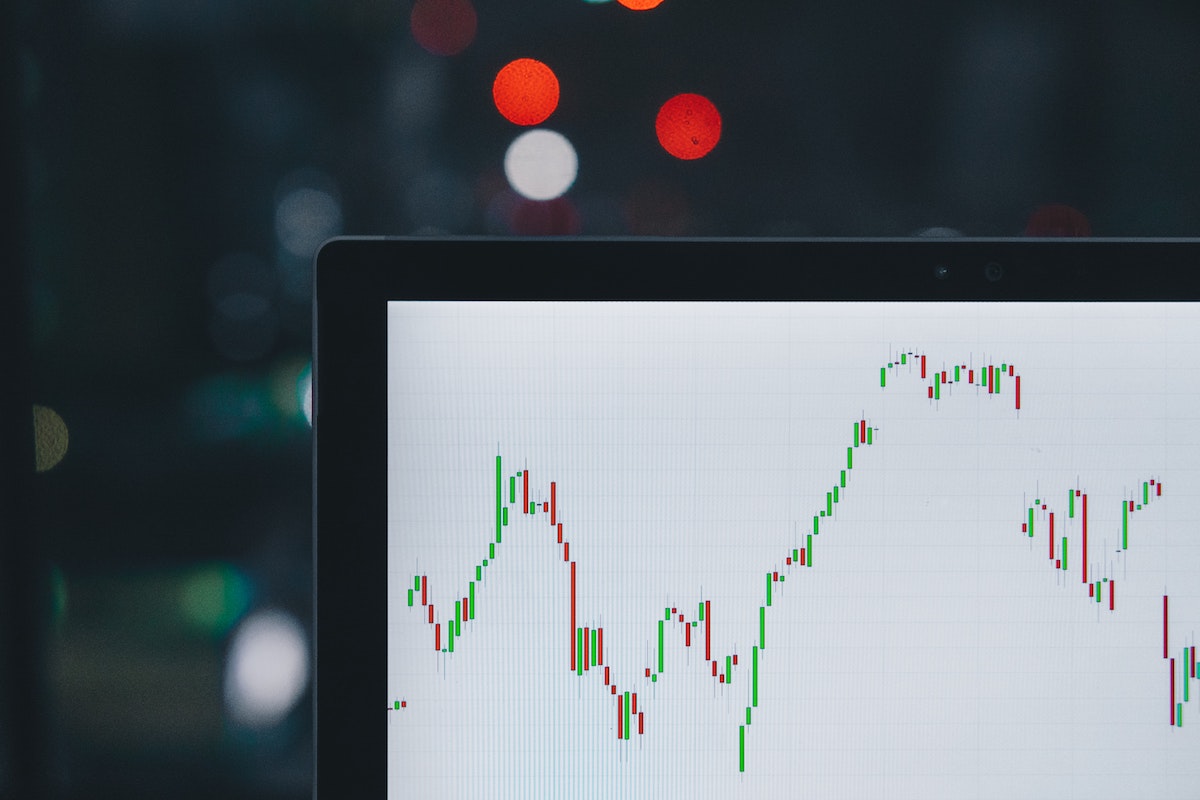
What Should be Included in a Capitalization Table? Pre-Money and Post-Money Valuation
A capitalization table (cap table) is needed when presenting to investors the structure of the company’s equity pre and post-investment Money. It easily identifies pre-money valuation and post-money valuation, and provides information on which parties own which classes of shares, warrants, options and other rights to purchase equity over time. The cap table also provides an analysis of the founders’ and investors’ percentage of ownership, equity dilution (i.e., the reduction in a shareholder’s overall percentage stake ownership in a company), and the value of equity in each round of investment. A cap table, although may vary in format and information provided, should have the following key information: total value (Pre-Money and Post-Money), per-share price, share class, share number, and percentage ownership.
Many startups and investors have questions on how Pre-Money valuation and Post-Money valuation means, in the context of the cap table. The chart below identifies the Pre-Money valuation of the company as one million ($1,000,000) dollars at a five ($5) dollar per share evaluation with two hundred thousand (200,000) shares of equity outstanding. When the company issues seven hundred thousand (700,000) more shares at five ($5) dollars a share to add three and a half million ($3,500,000) to the company. This results in the Post-Money valuation of the company to stand at four and a half million ($4,500,000) dollars. This chart also breaks down the percentage of ownership the Pre-Money Valuation has and the New Equity Raise percentage of ownership. This percentage of ownership column is important due to different classes of shares having a variety of ownership rights. After several rounds of fundraising and issuing various forms of equity ownership with different rights, this can become complicated quickly.
Company Valuation Capitalization Table |
||||
| Total Value ($) | Per Share ($) | # of Shares | % of Total | |
| Series A | ||||
| Pre-Money Valuation |
$1,000,000 | $5.00 | 200,000 | 22.2% |
| New Equity Raised |
$3,500,000 | $5.00 | 700,000 | 77.8% |
| Post-Money Valuation | $4,500,000 | $5.00 | 900,000 | 100% |
To further break down the Company Valuation Capitalization Table, the Company Ownership Capitalization Table indicates per investor investment and percentage of ownership. This table will indicate what the percentage of ownership each investor will have after the New Equity Raised is added to the company. Below is an example.
Company Ownership Capitalization Table |
|||||
| Capital ($) | Common Shares | Preferred Shares | Total Shares | % Ownership | |
| Shareholders | |||||
| Founders | $0 | 200,000 | – | 200,000 | 22.22% |
| Investor A | $200,000 | 40,000 | 40,000 | 4.44% | |
| Investor B | $250,000 | 50,000 | 50,000 | 5.56% | |
| Investor C | $1,200,000 | 240,000 | 240,000 | 26.67% | |
| Investor D | $350,000 | 70,000 | 70,000 | 7.78% | |
| Investor E | $200,000 | 40,000 | 40,000 | 4.44% | |
| Investor F | $600,000 | 120,000 | 120,000 | 13.33% | |
| Investor G | $700,000 | 140,000 | 140,000 | 15.56% | |
| Total | $3,500,000 | 200,000 | 700,000 | 900,000 | 100% |
When reviewing the charts above, the following definitions will be helpful:
- Pre-Money Valuation.
This is the valuation of the company prior to receiving investor Money.
- Post-Money Valuation.
The valuation after receiving the investor Money. Usually equals to pre-money valuation plus the amount of money raised in the venture round.
- Price per Share.
Pre-Money valuation divided by the number of Pre-Money equity shares.
- Investment Amount.
This is the amount of Money raised. Equal to the number of shares sold multiplied by the price per share.
- Fully Diluted Stake.
This is the percentage of company ownership post-money.
Our firm is here to assist whether your early stage company needs help on putting together a professional capitalization table for your equity fundraise, or you are an investor who needs assistance understanding a cap table or reviewing investment documents. Contact us for your equity raise and/or investment needs.
